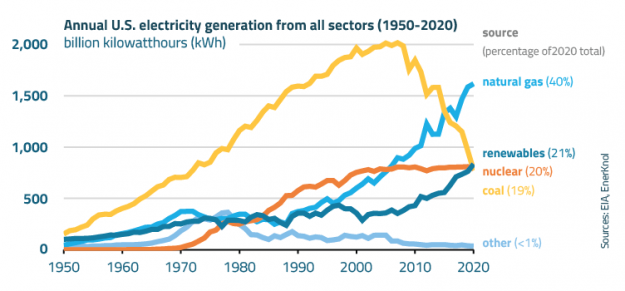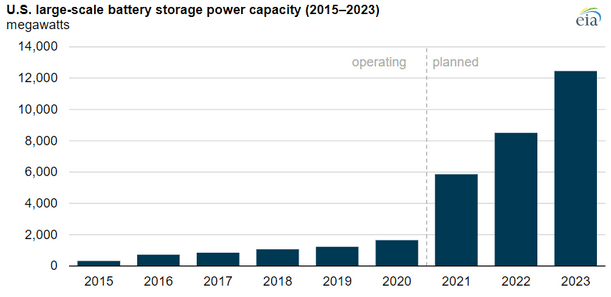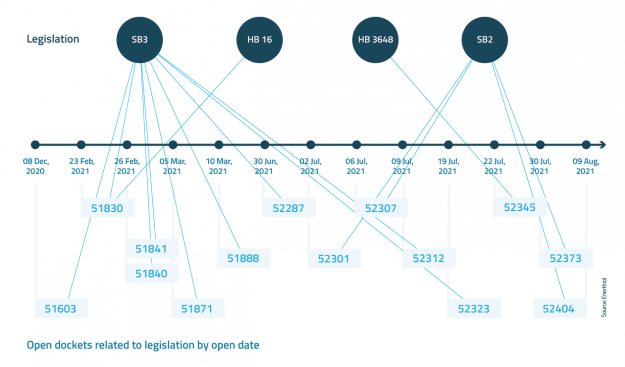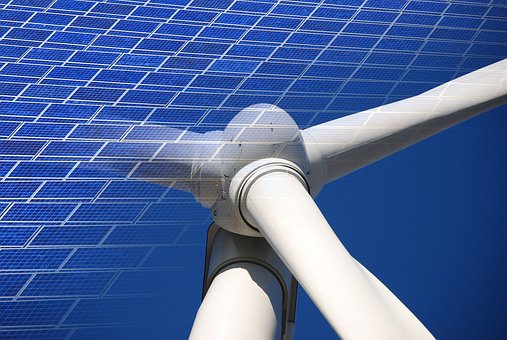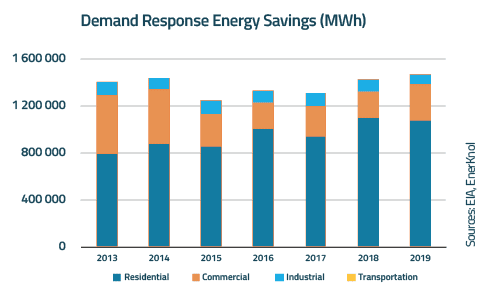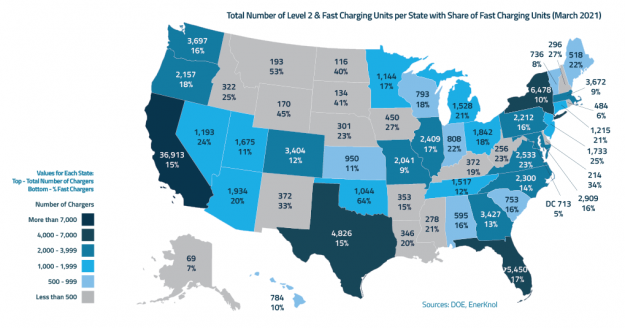Policy Primer: Net Energy Metering Reforms – September 2021 Update
As the distributed solar landscape evolves, revisions and successors to net metering programs seek to ensure that the compensation rate and other and program elements avoid cost shifting to non-participating customers while supporting a value proposition for new solar customers.

